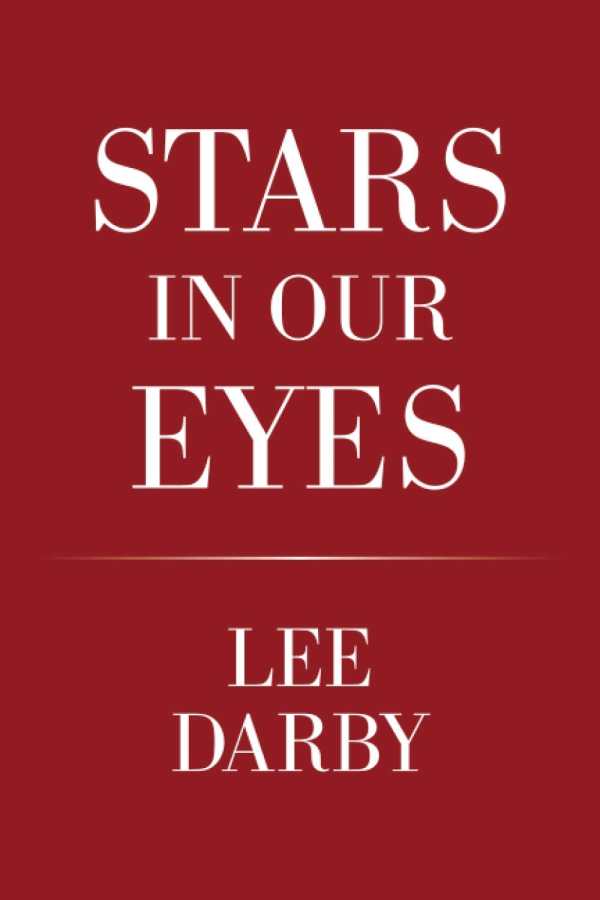Stars in Our Eyes
Stars in Our Eyes is an eloquent memoir about family lives that were separated by violence.
Lee Darby’s memoir Stars in Our Eyes is kaleidoscopic as it traces her midcentury childhood and her experiences of grief.
Inspired by photographs in a scrapbook, Darby’s short vignettes are bound by her reflective moods as they circle through time. Her sister Sally’s murder in 1975 is an early and organizing feature; its details involve Sally’s social justice work, as well as that of a Black prison reform advocate, Popeye Jackson, who was shot during the same incident, and who was supported by William Randolph Hearst.
Darby is elegiac in addressing her lost sibling, whose presence ripples through her accounts of their family life in California. She captures their early childhood home alongside memories of her paternal grandmother, a fashionable woman who wanted to become an opera singer, and whose zest and vanity are drawn with clear affection. She recalls her peripheral awareness of the civil rights movement when she was a teenager. Ultimately, though, the world beyond her family is addressed at a minimum. Still, the book’s understated descriptions of Darby’s innocent childhood with Sally are poignant; they are spliced with accounts of her loss, as well as of its delayed impact on Darby herself. There was no funeral for Sally; instead, Darby recalls sorting through Sally’s belongings while weighing news reports of the murder, which reshaped Sally’s story and felt unfair to her. Darby’s grief is palpable and is developed in gradual, aching terms.
But the book’s scrapbook storytelling method leads to digressions, as with its extensive coverage of Darby’s other, Christian Scientist grandmother, whose story is covered between more powerful, unrelated accounts. Her father’s alcoholism, and her personal experiences with cancer, are also included via jarring transitions. When the text returns to the subject of Darby’s work to face Sally’s murder, it is stronger.
Sensory details are used to build up San Francisco and its surroundings, including about how time layers into the city. Darby recalls searching the Mission District for the street where Sally was killed, and where memories of what used to exist there blend with what she sees in the present. A similar search for a memorial bench highlights the elusive nature of the past. But the book becomes looser by its end, which moves into the era of Covid-19 to discuss changes in the world that Sally missed. The book’s compressed conclusion is set during a march against gun violence as a tribute to Sally’s activism.
Stars in Our Eyes is an eloquent memoir about family lives that were separated by violence.
Reviewed by
Karen Rigby
Disclosure: This article is not an endorsement, but a review. The publisher of this book provided free copies of the book and paid a small fee to have their book reviewed by a professional reviewer. Foreword Reviews and Clarion Reviews make no guarantee that the publisher will receive a positive review. Foreword Magazine, Inc. is disclosing this in accordance with the Federal Trade Commission’s 16 CFR, Part 255.

